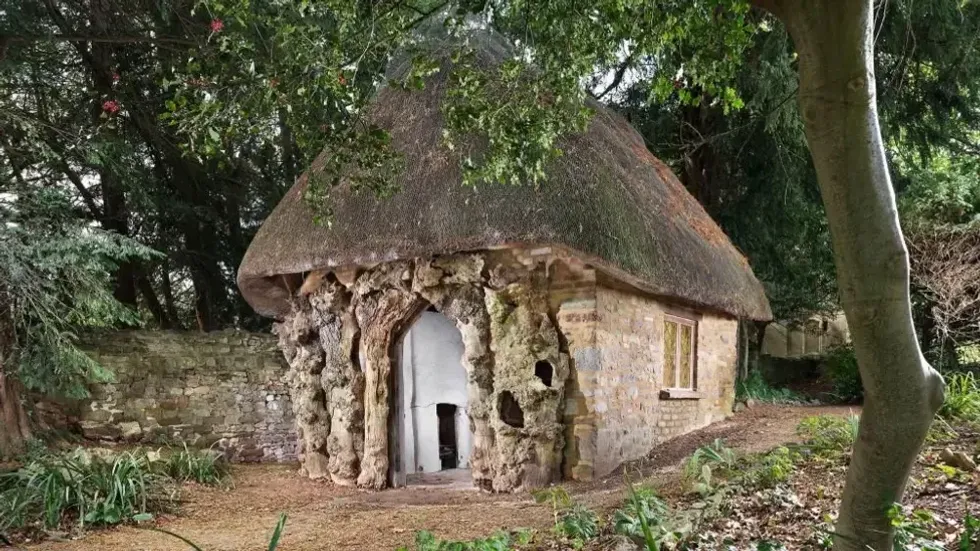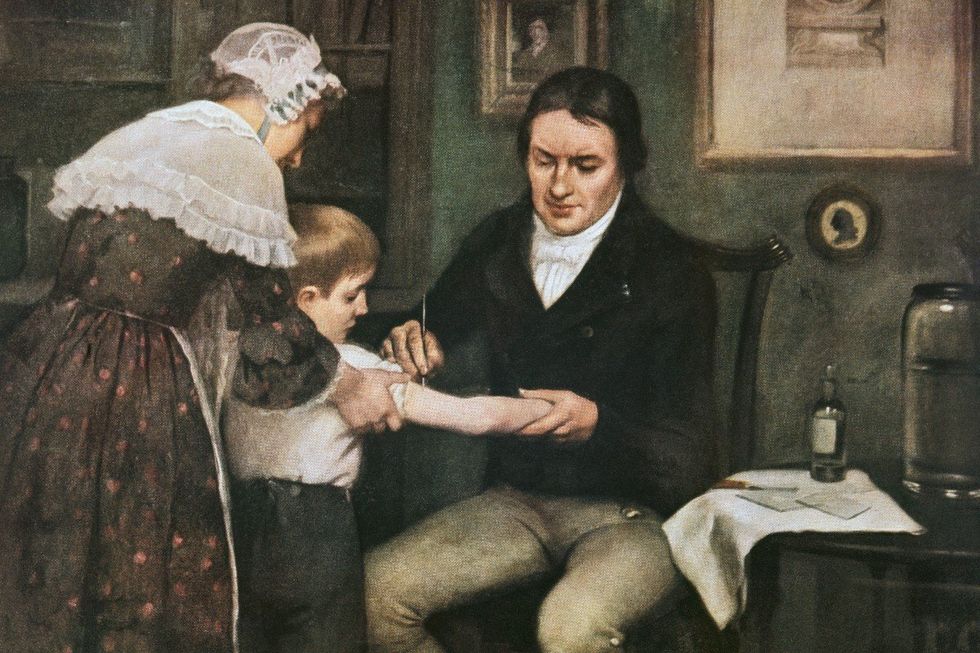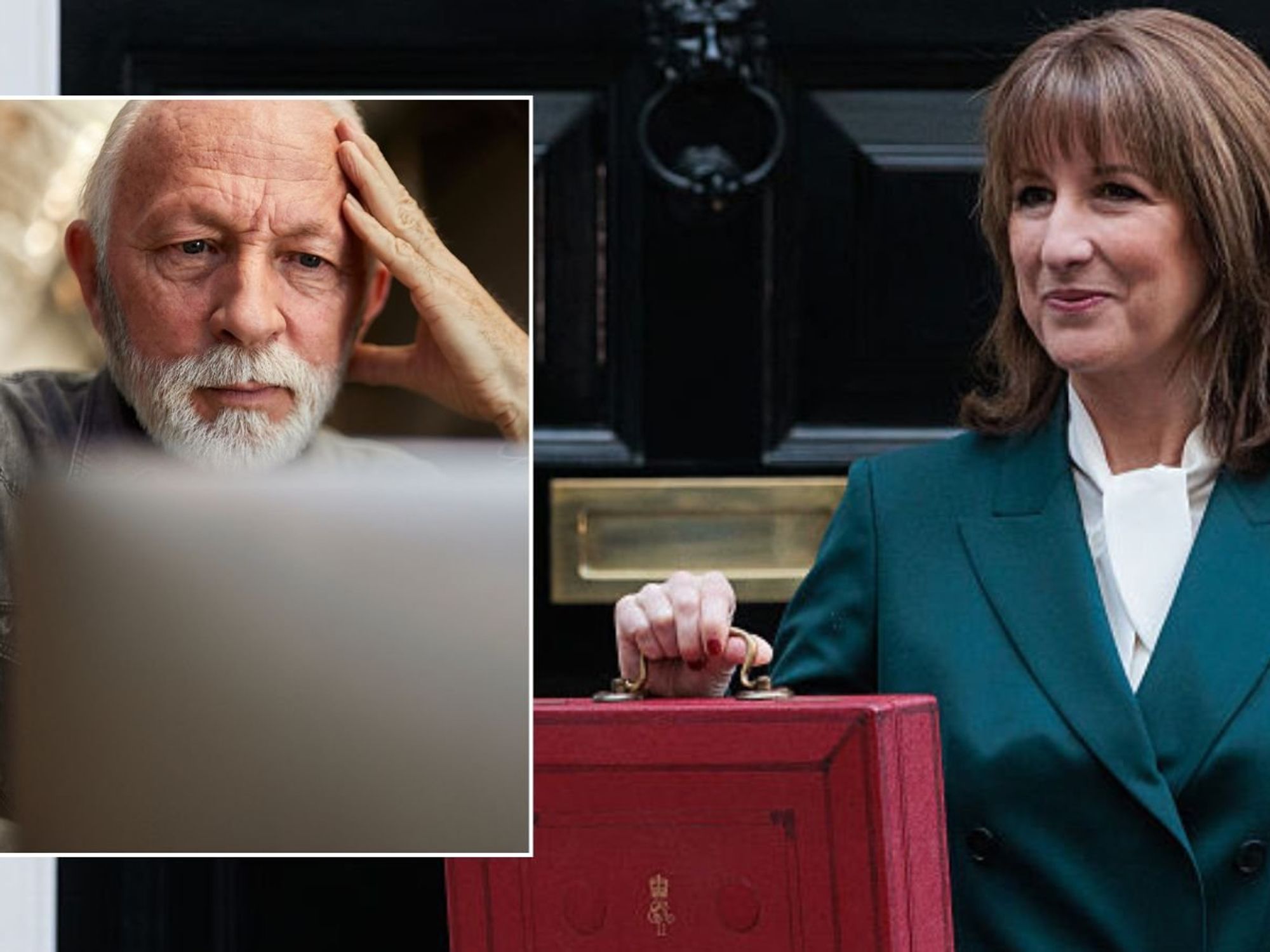British landmark where modern medicine was revolutionised now in desperate need of repair
The site has been described as 'one of the most important buildings in England'
Don't Miss
Most Read
Trending on GB News
A British landmark where modern medicine was revolutionised is in desperate need of repair after years of wear and tear.
Dr Edward Jenner’s hut in Gloucestershire is famous for being the site where the first-ever vaccination was performed.
Historic England, a non-departmental public body which preserves and lists historic buildings, has added the hut to its Heritage at Risk Register.
The hut, located in Dr Jenner’s garden in Berkeley, Gloucestershire, needs extensive repairs to its thatch roof, rear wall, and chimney.
TRENDING
Stories
Videos
Your Say
James Rodliff said that the hut was built for Dr Jenner to relax, "where he could escape from his work - he was a workaholic".
"But he decided to turn it into the first-ever vaccination clinic.
"It didn't matter their background, class, or social status, but he gave the vaccination to everyone for free.
"The legacy is the eradication of smallpox globally - the only disease ever to be eradicated fully.

Dr Edward Jenner’s hut is in desperate need of repair
|HISTORIC ENGLAND
"And it all started here in Gloucestershire in Dr Jenner's House in Berkeley."
Mr Rodliff said that Historic England and the National Lottery Fund were working with the museum to restore the entire site.
The hut will be prioritised first as Mr Rodliff said it was "one of the most important buildings in England".
Dr Jenner, often called the "father of immunology", pioneered the concept of vaccines and created the first vaccine for smallpox.
LATEST DEVELOPMENTS:

Dr Edward Jenner performed his first vaccination against smallpox on eight-year-old James Phipps
|GETTY
In the 18th century, smallpox killed roughly 10 per cent of the population.
The first smallpox vaccine was administered in 1796 in the Berkeley hut when Dr Jenner took cowpox from a sore on a milkmaid’s hand and inserted it into a healthy eight-year-old boy.
The boy, James Phipps, experienced loss of appetite, headache and uneasiness but recovered and was then immune to smallpox.
Dr Jenner named his medical method a vaccine after vacca, the Latin for cow, and would repeat the experiment 23 times to verify.
Jenner's vaccine became widespread around Europe and the UK in the early 19th century after proving his findings.
Late in his life, the smallpox creator was named as mayor of Berkeley and appointed physician extraordinary to King George IV.
The annual update to the Heritage at Risk Register was published yesterday with 138 additions and 129 "positive removals" - sites that have been repaired or improved.
The register now lists nearly 5,000 sites across England.
Additions to the list are spread throughout England, with a Roman heating system on the Isle of Wight, the landmark Transporter Bridge in Middlesbrough, and a botanical garden in Liverpool.
Other additions include the Hill Garden Pergola on Hampstead Heath in London, the Church of St Wendreda, a medieval church in Cambridgeshire, and Cromford Mills in Derbyshire, known as the home of the modern factory system.
Historic England highlighted its efforts to not only restore historic locations but bring them back into use.
It pointed to Bruce Grove Public Toilets in Tottenham, which are now used as a community cafe and new public toilets.
It said a historic location in London’s Tower Hamlets was transformed into a modern retail outlet and a 17th century building in Barnstaple, Devon, had been turned into "affordable and sustainable housing".
Heritage Minister Baroness Twycross said: "We are determined to protect the heritage at the heart of our communities.
"It is fantastic to see so many historical sites saved for communities up and down the country
"These are much-loved places and it is great to see them being brought back in to use.
"This year alone our £15 million Heritage at Risk Capital Fund has been key to saving buildings like these."
Our Standards: The GB News Editorial Charter
More From GB News











